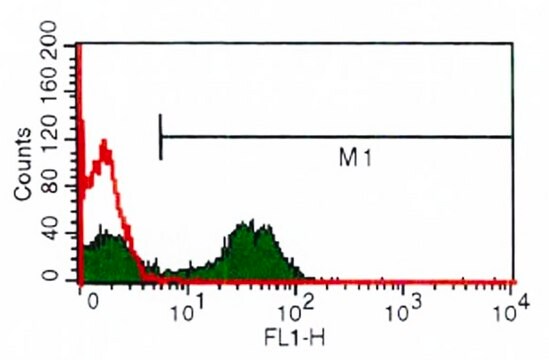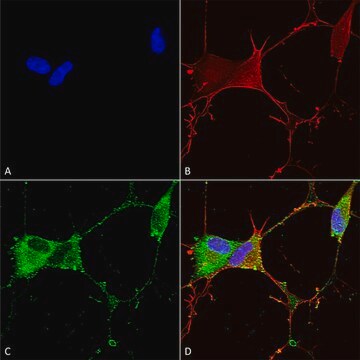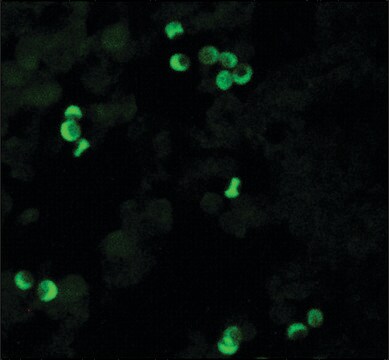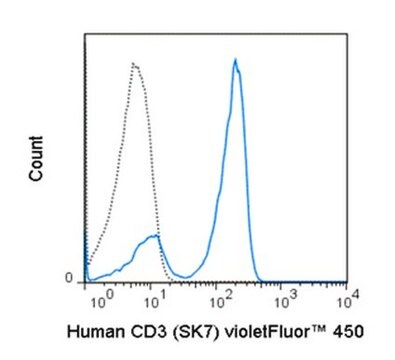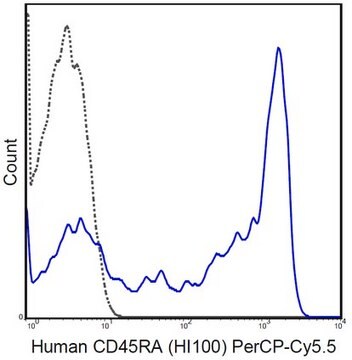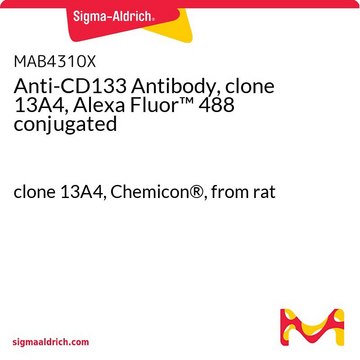MABF175E
Anti-CD3 (human), redFluor® 710, clone UCHT1 Antibody
clone UCHT1, from mouse, redFluor® 710
Synonym(s):
T-cell surface glycoprotein CD3 epsilon chain, T-cell surface antigen T3/Leu-4 epsilon chain, CD antigen CD3e, CD3
About This Item
Recommended Products
biological source
mouse
Quality Level
conjugate
redFluor® 710
antibody form
purified antibody
antibody product type
primary antibodies
clone
UCHT1, monoclonal
species reactivity
human
technique(s)
flow cytometry: suitable
UniProt accession no.
target post-translational modification
unmodified
Gene Information
human ... CD3E(916)
General description
Immunogen
Application
Inflammation & Immunology
Immunoglobulins & Immunology
Quality
Flow Cytometry Analysis: 0.5 μg from a representative lot detected CD3 in one million human peripheral blood lymphocytes.
Physical form
Storage and Stability
Note: It is recommended to store the product undiluted at 2-8°C and protected from prolonged exposure to light. Do not freeze.
Other Notes
Legal Information
Disclaimer
Not finding the right product?
Try our Product Selector Tool.
Storage Class Code
12 - Non Combustible Liquids
WGK
nwg
Flash Point(F)
Not applicable
Flash Point(C)
Not applicable
Certificates of Analysis (COA)
Search for Certificates of Analysis (COA) by entering the products Lot/Batch Number. Lot and Batch Numbers can be found on a product’s label following the words ‘Lot’ or ‘Batch’.
Already Own This Product?
Find documentation for the products that you have recently purchased in the Document Library.
Our team of scientists has experience in all areas of research including Life Science, Material Science, Chemical Synthesis, Chromatography, Analytical and many others.
Contact Technical Service